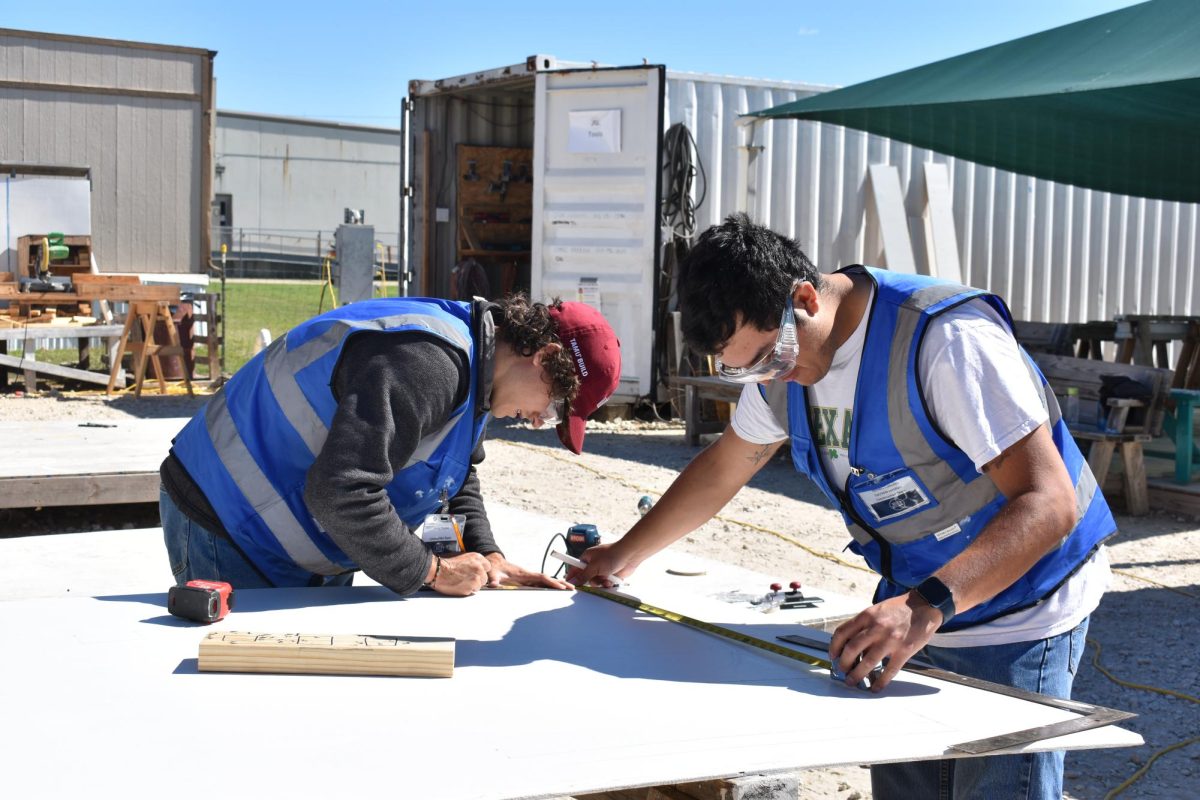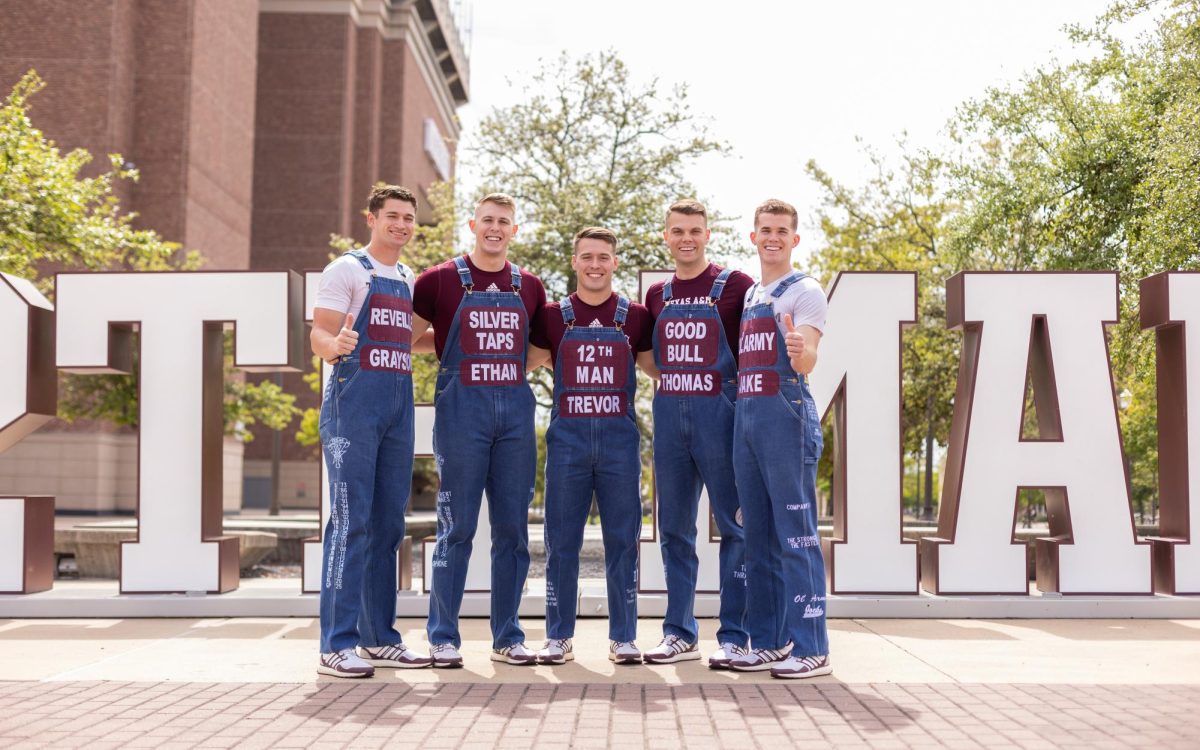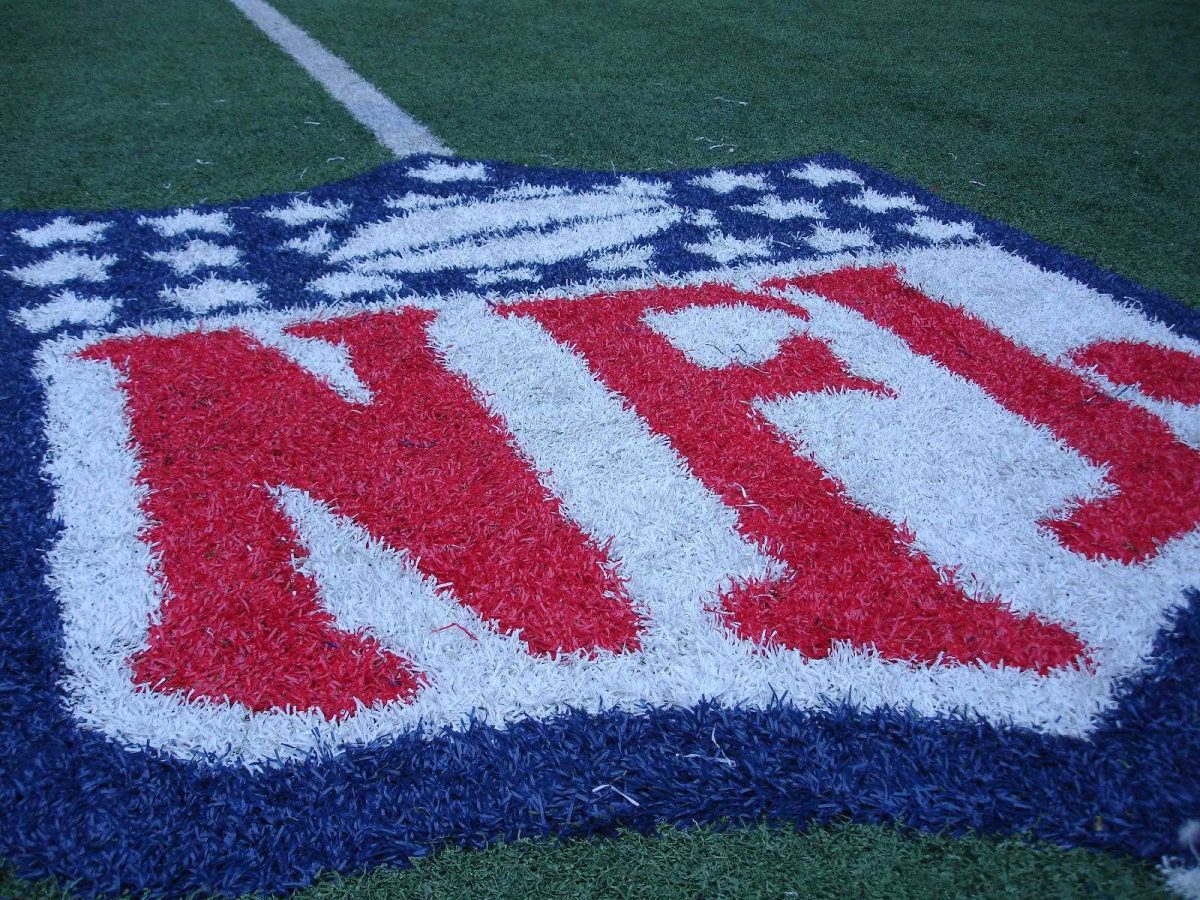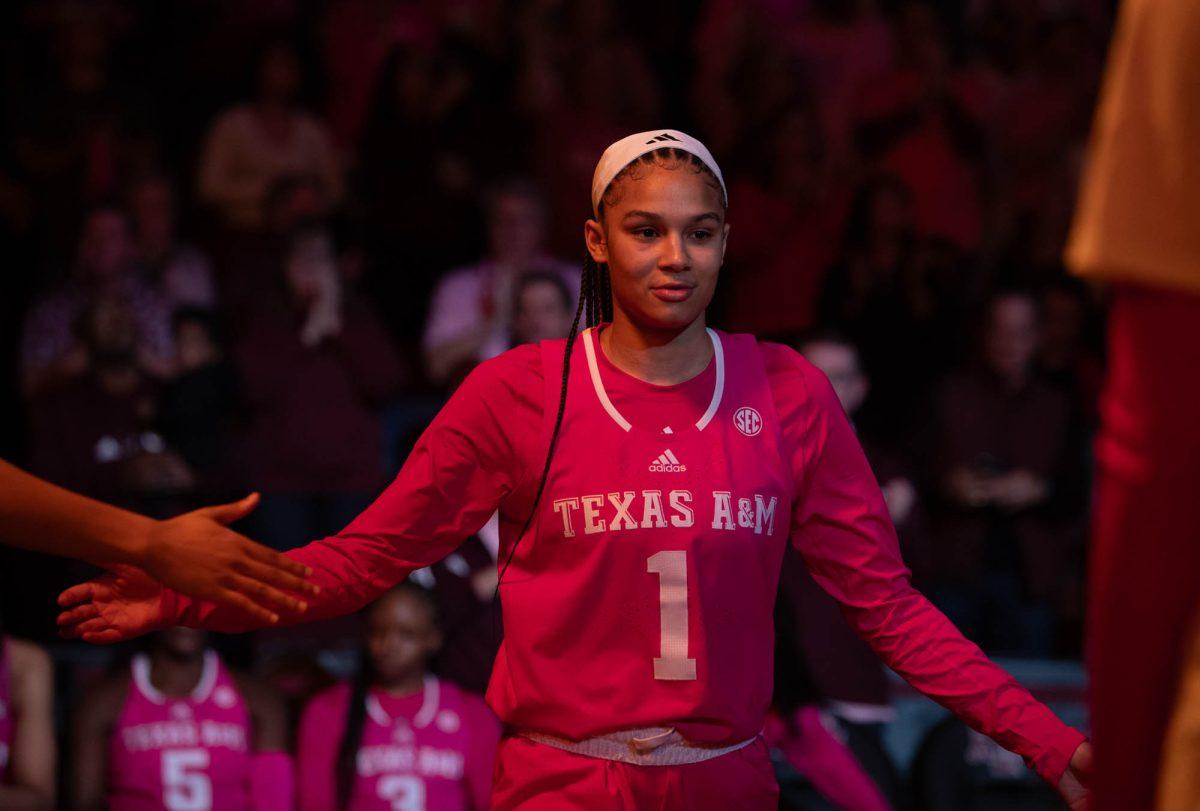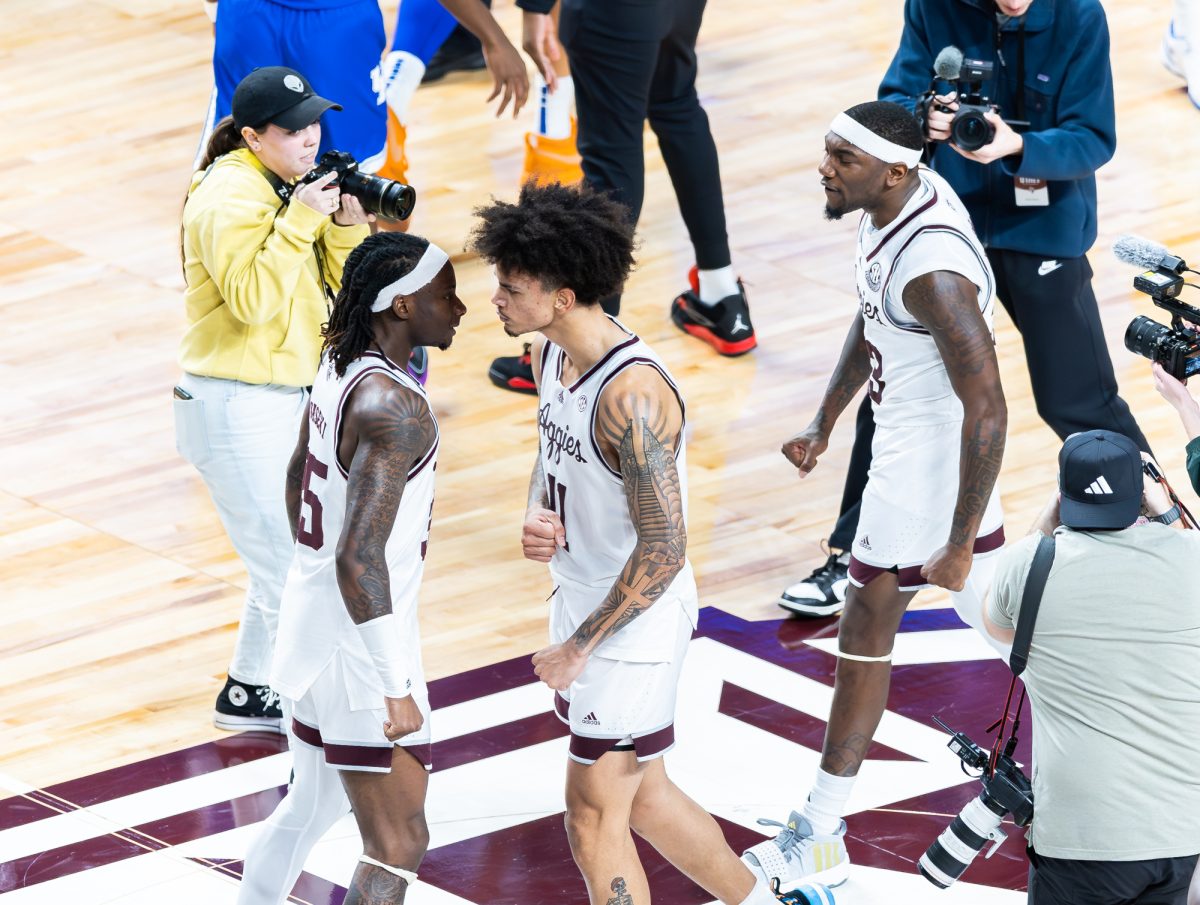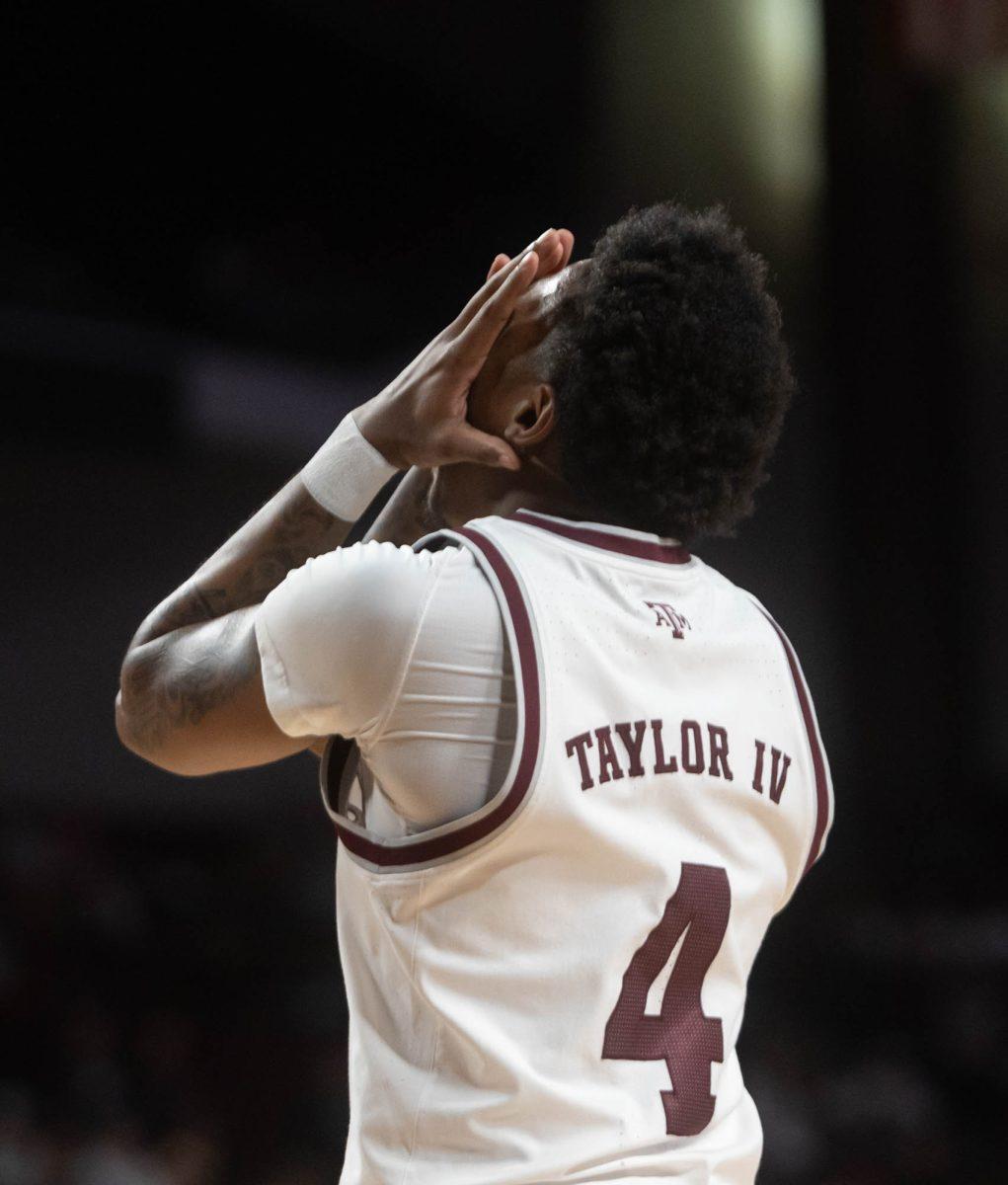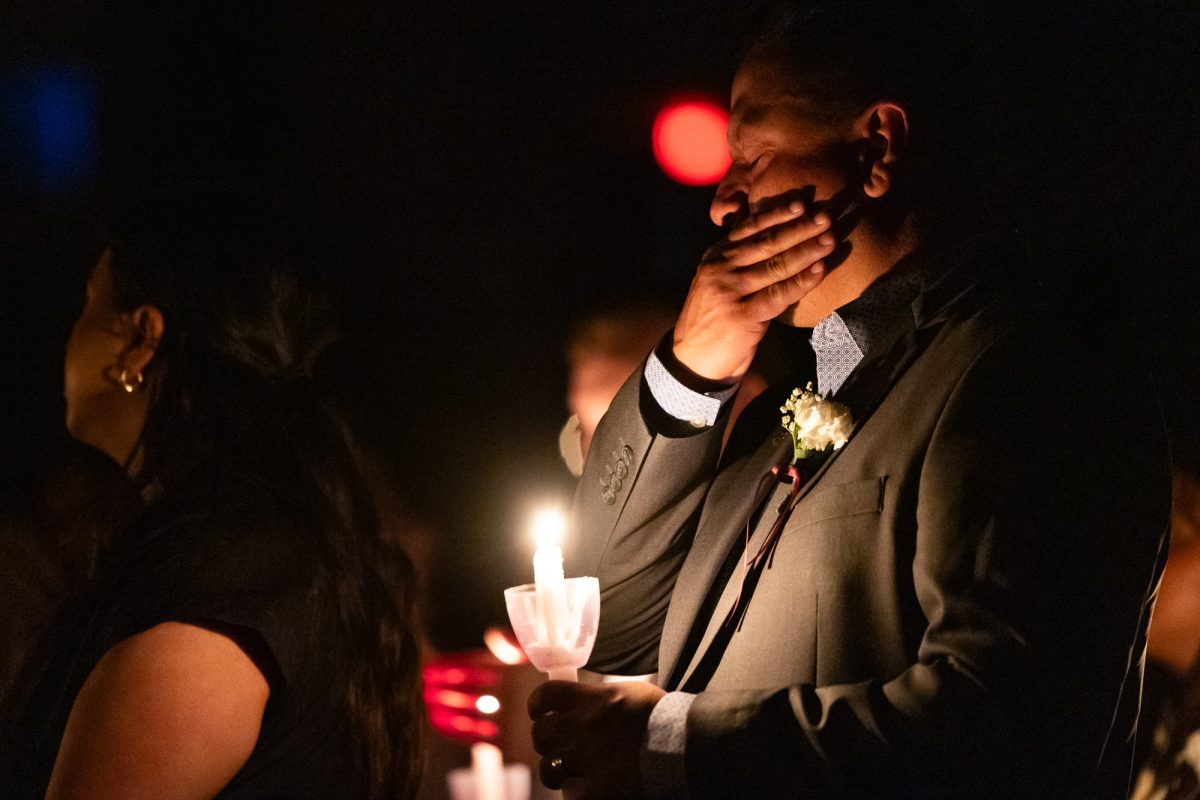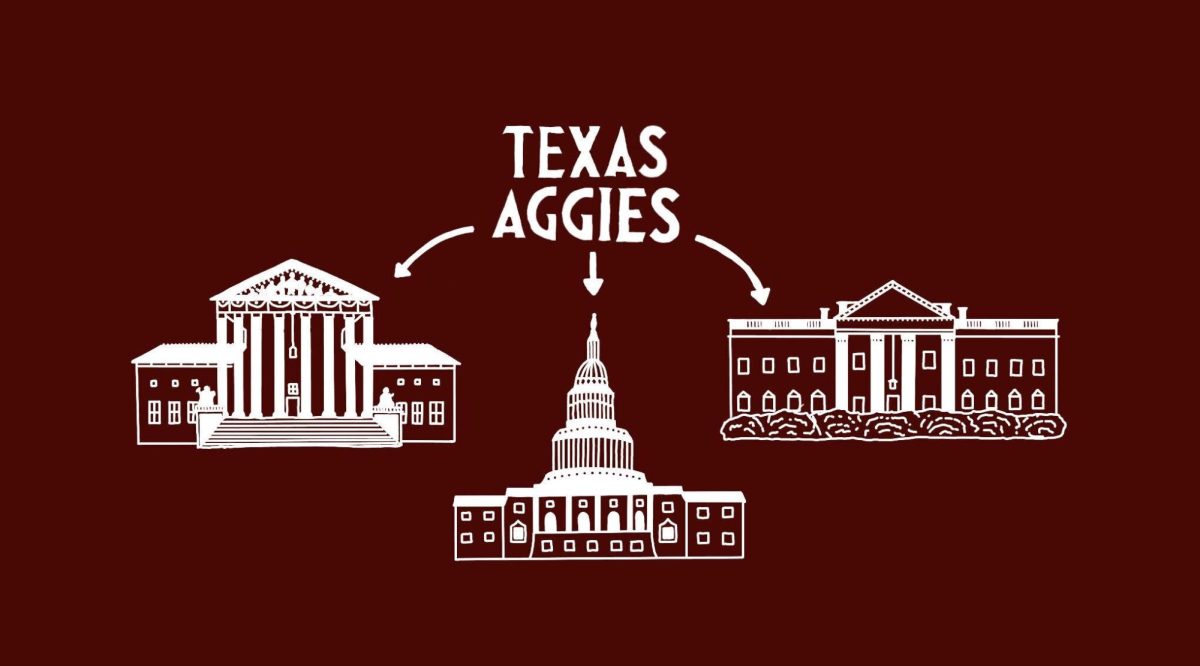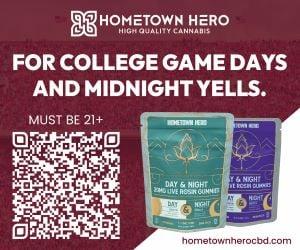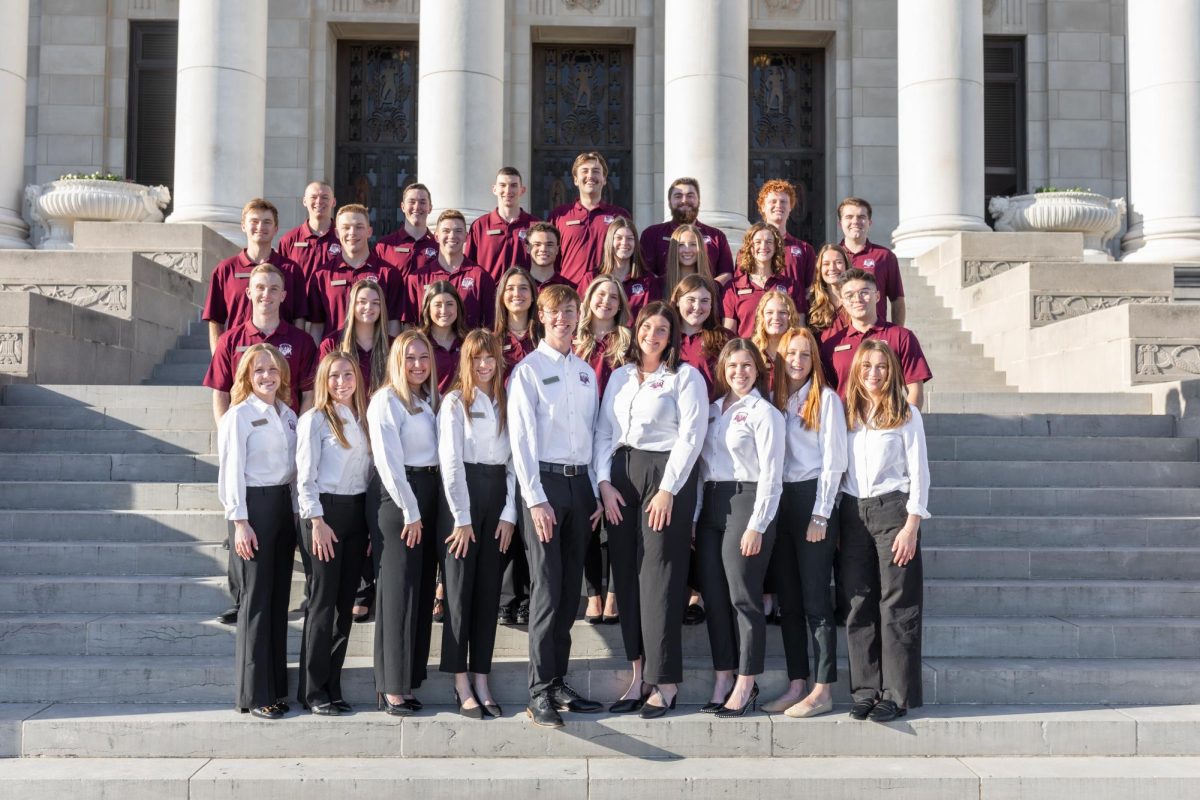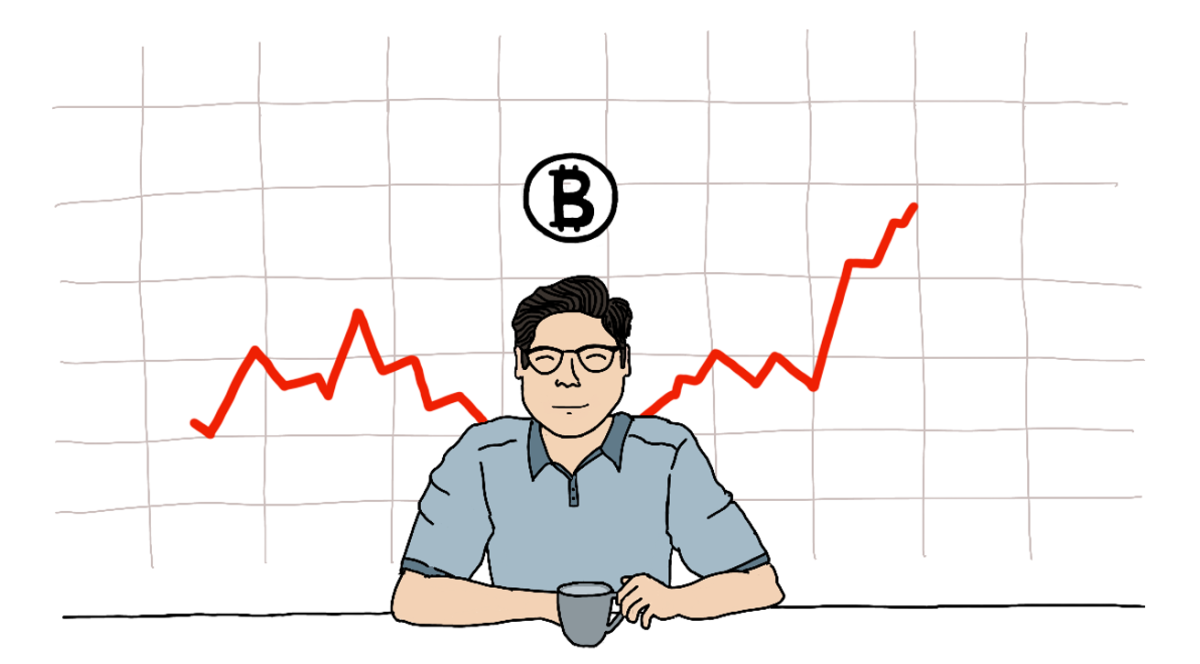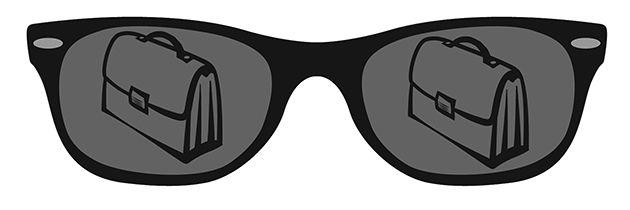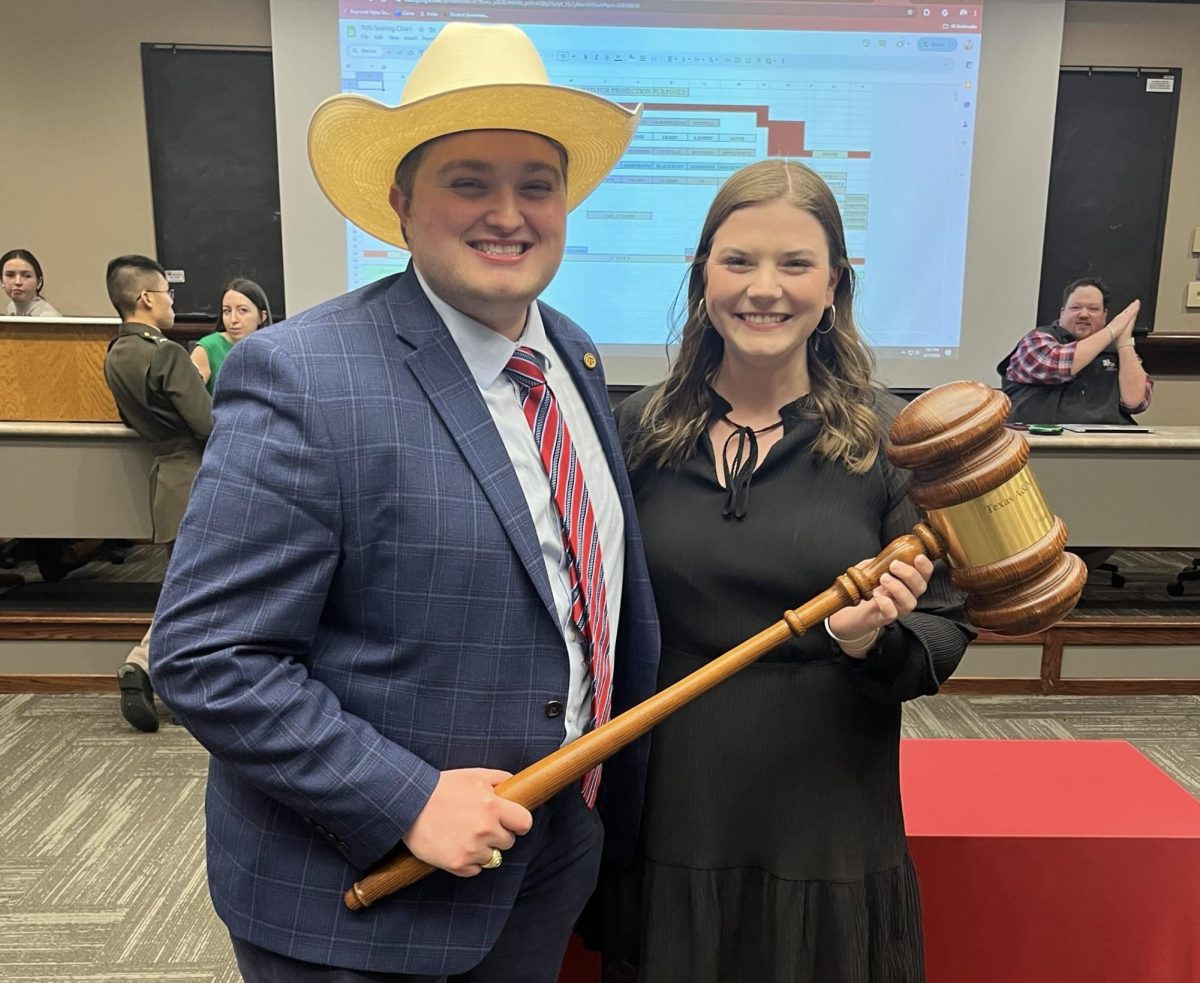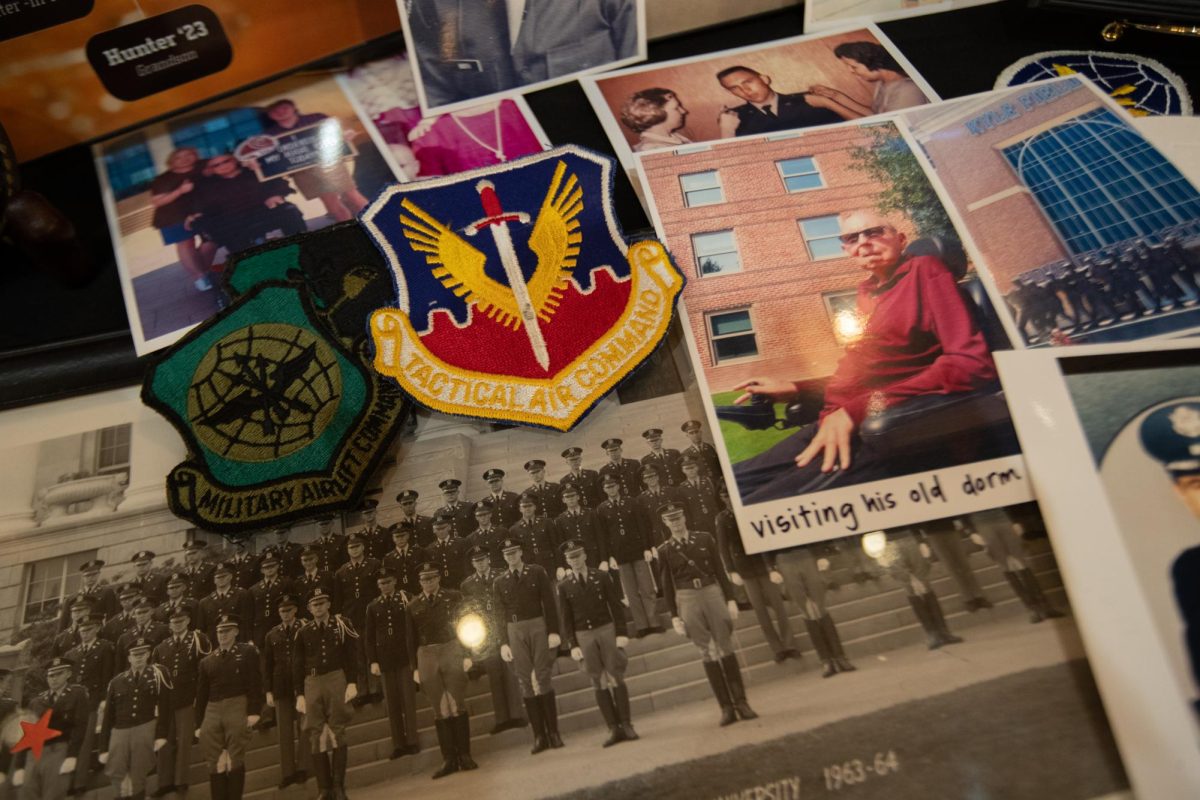Some people, businesses and their representative brands just get it right — they’re “cool.” But what makes someone or something cool is a conversation that researchers and businesspeople continually mark as ambiguous.
Shedding some light on the matter, Caleb Warren, an associate professor at Mays Business School, coauthored the academic journal article “What Makes Things Cool? How Autonomy Influences Perceived Coolness” with Margaret Campbell, marketing professor at the University of Colorado Boulder.
Warren said coolness could be linked to autonomy, or the extent to which a brand or person follows its own path regardless of the expectations of others.
“Autonomy doesn’t refer to behavior explicitly,” Warren said. “More specifically, it more refers to a person’s reason for doing what they do. But because coolness is always in the eye of the beholder, what matters is not so much whether someone is or not is autonomous, but whether the audience perceives them to be autonomous or not.”
Warren said perceptions of autonomy are not just a matter of whether the person in question follows or diverges from the norm. Rather, Warren said autonomy could only lead to coolness if behaviors, people and products were deviating from a norm while maintaining a level of social value and functionality and appropriateness.
For actions of autonomy to be successful, it cannot be too bounded or extreme, Warren said.
“Breaking the norm by assaulting strangers or driving on the wrong side of the street won’t make a person cool because these behaviors don’t seem appropriate,” Warren said.
As ideas continually shift about how to define cool, Warren said there has been empirical data available surrounding the topic of coolness, but much of the data has not been fit to test autonomy.
Encapsulating the message of their research, Warren and Campbell gathered data in various experiments to test how autonomy influences coolness.
“In one experiment we tested the effect of diverging from the norm on coolness by manipulating whether the norm was to wear blue or white and showing an advertisement in which a brand advocates wearing blue,” Warren said. “We could then test the effect of the brand’s behavior [like] wearing blue on coolness by comparing how cool the brand seemed when it conformed to the norm [when everyone wears blue] — with how cool the brand seemed when it diverged from the norm, when everyone wears white.”
Warren said he found it interesting that younger generations seemed less concerned with material status and societal placement than their older counterparts.
“[It’s] less about showing traditional status markers, less about class, but more about making sure they have products that seem cool — at least avoid engaging in behaviors that may seem uncool,” Warren said.
Being able to understand when products are cool and having the ability to connect with trends can be of value to businesses for marketing purposes, Warren said.
“These things are very important to know if you really want to understand why consumers are doing what they are doing — why consumers are buying what they are buying,” Warren said.
Campbell said Pabst Blue Ribbon, a once declining and now “hipster” beer company, experienced an upsurge in the early 2000s through its ability to market innovatively past the norm of traditional larger beer companies.
“They did some very funny things,” Campbell said. “Like they sponsored roshambo contests in very small bars, and they sponsored messenger bike rodeos in cities like Portland, Oregon.”
Campbell said she and Warren also looked at other well-known brands like Apple, which was considered to have a CEO, spokespersons and consumers with prominent characteristics of autonomy early on.
“Apple is strongly associated with a highly autonomous CEO, the late Steve Jobs, and is the brand of choice amongst many consumers who are young, independent and work in creative industries,” Warren said. “Additionally, Apple’s marketing messages have consistently expressed autonomy by encouraging consumers to think different and by positioning Mac as an independent alternative to industry standards like IBM during the 80s and Microsoft since the 90s.”
Campbell said as the decades have passed, Apple was able to very carefully shape their consumers’ perceptions of autonomy.
However, Apple recently seems to be at a turning point where it could almost lose its “cool perception,” as a brand, Campbell said.
Campbell said it would be interesting for companies to think about questioning, whether to put effort into maintaining perceptions of coolness as brands become more popular.
“You look at the position they have in society and I think there’s a big question of whether they can maintain their autonomy and whether they should be trying to,” Campbell said. “Personally, I think their purchase of Beats headphones by Doctor. Dre is an attempt to maintain autonomy. They bought something which is autonomous because they haven’t really themselves done anything autonomous since the iPad.”


